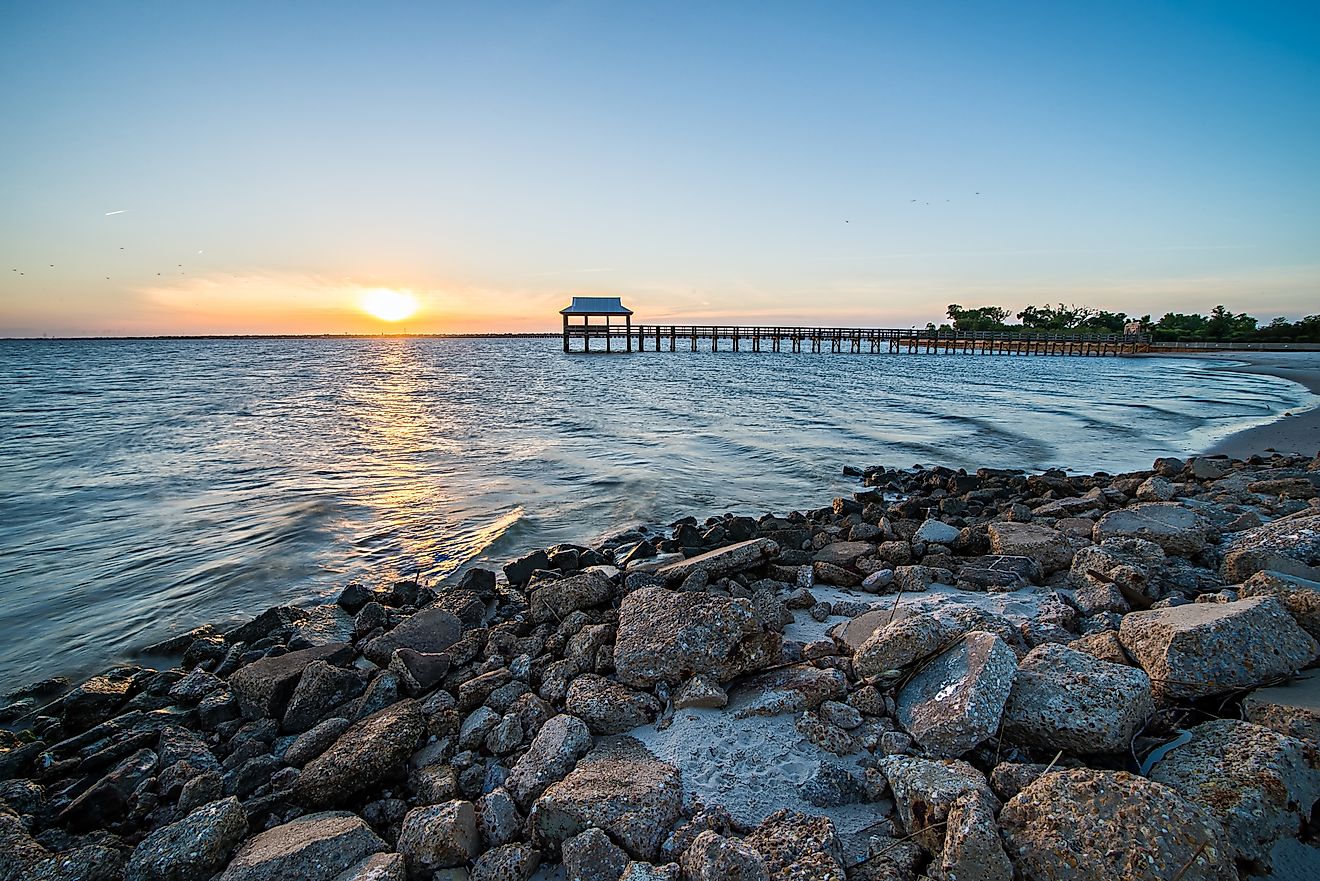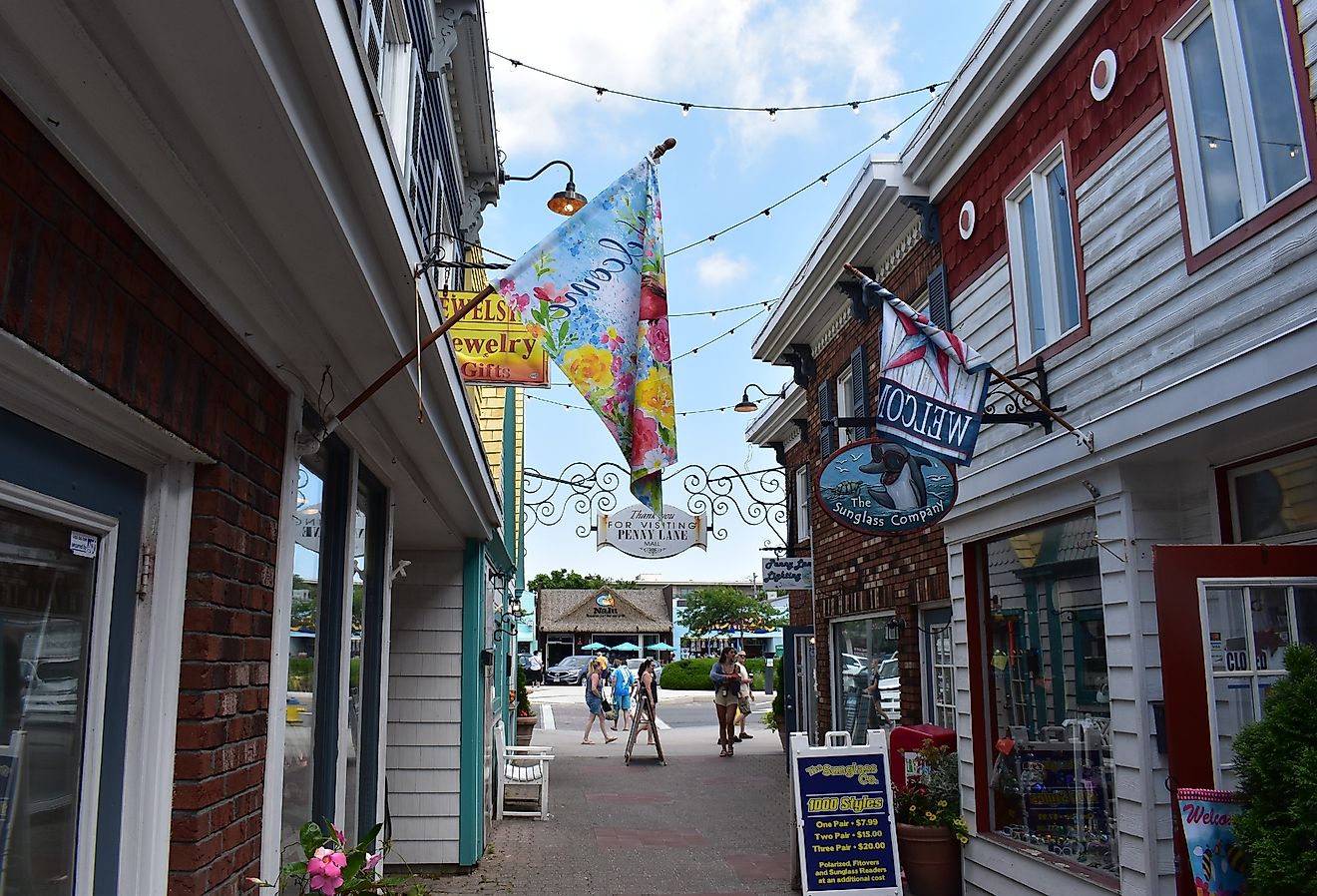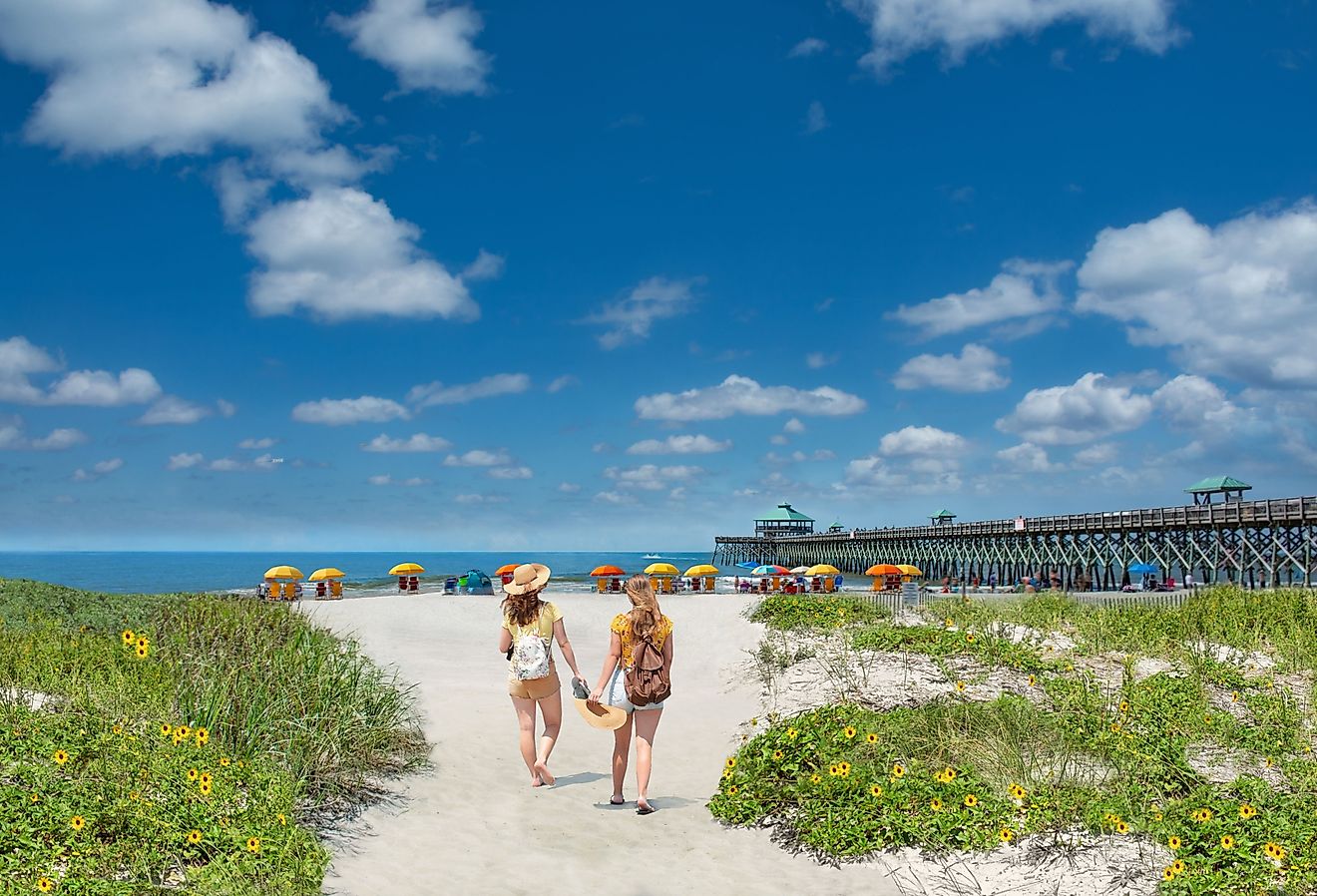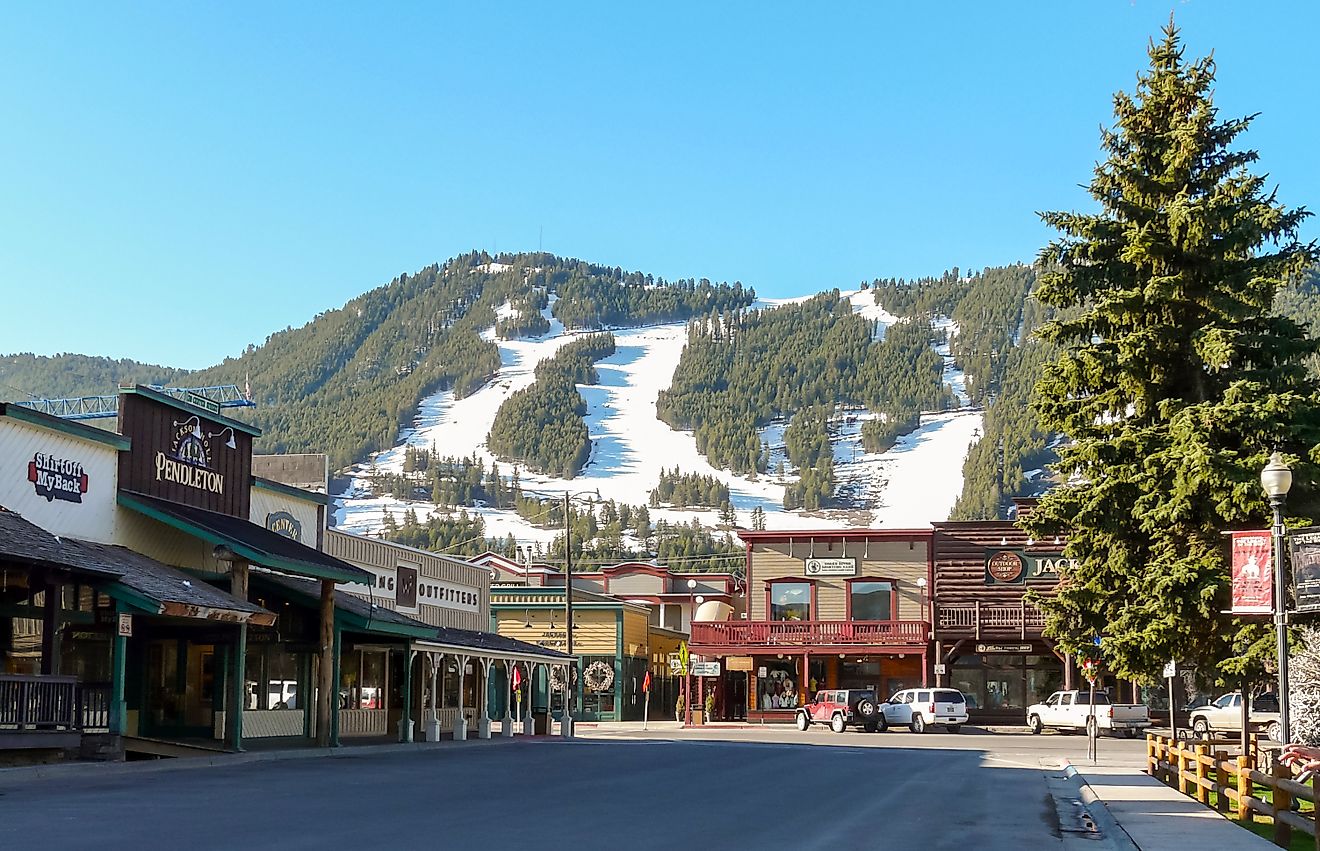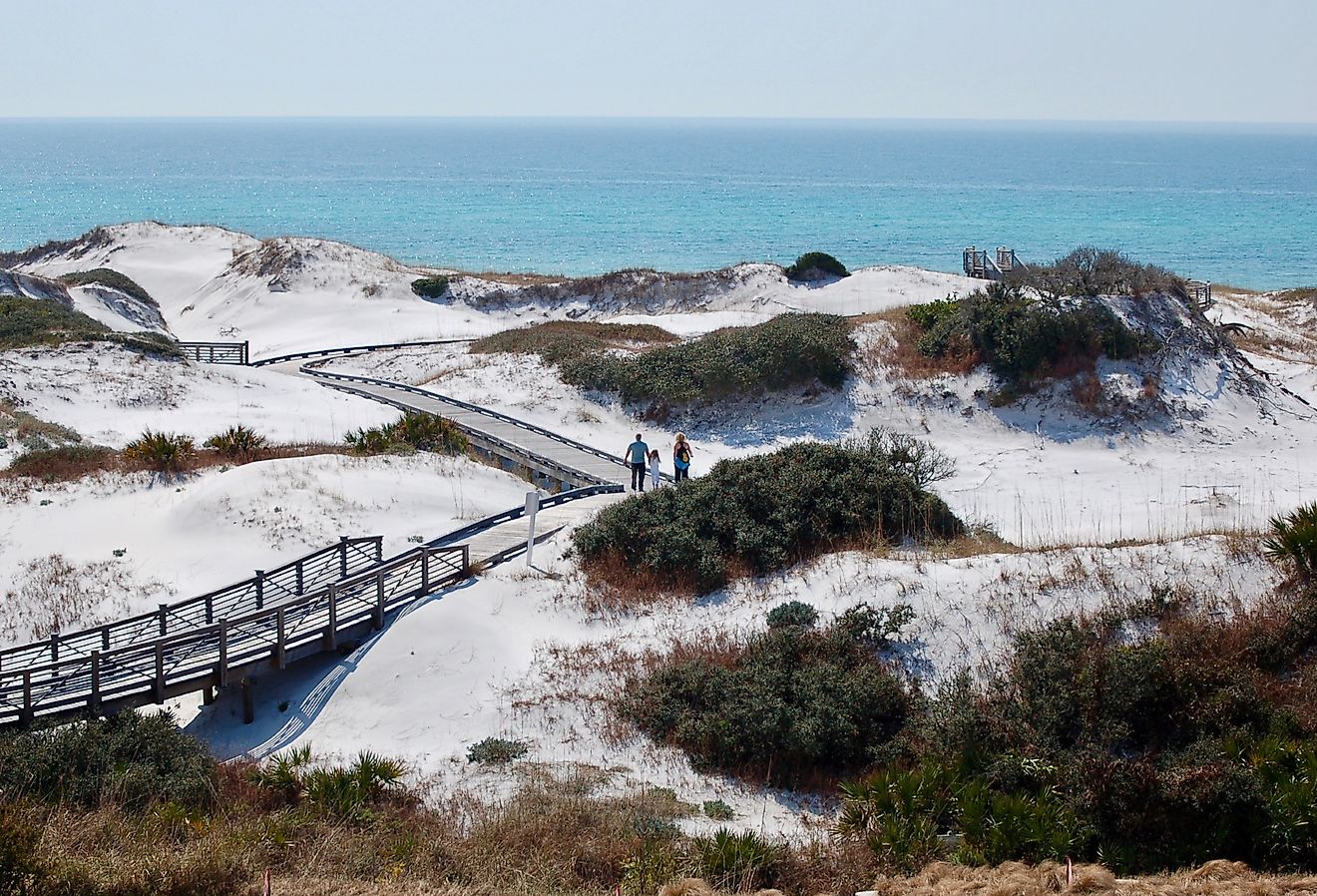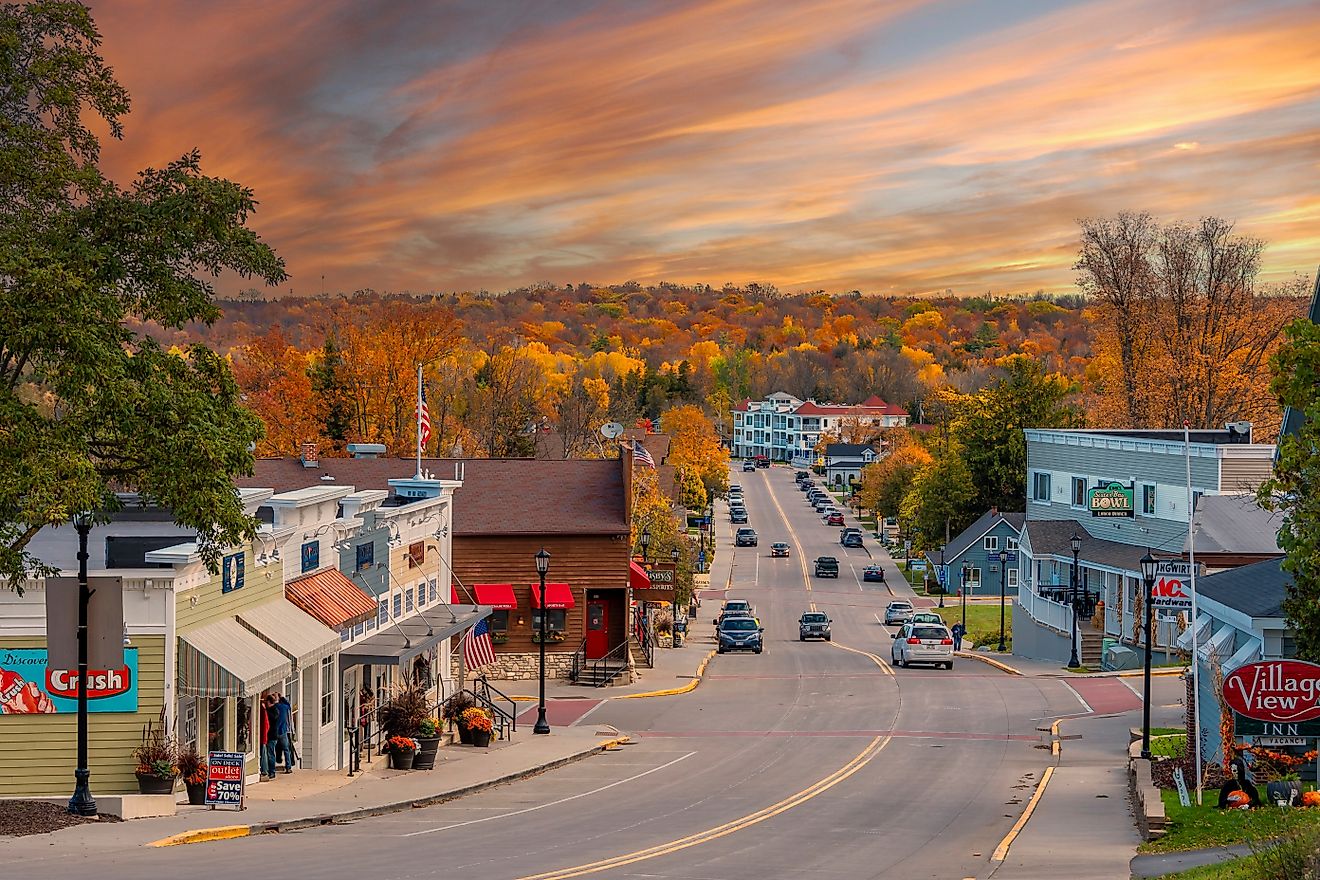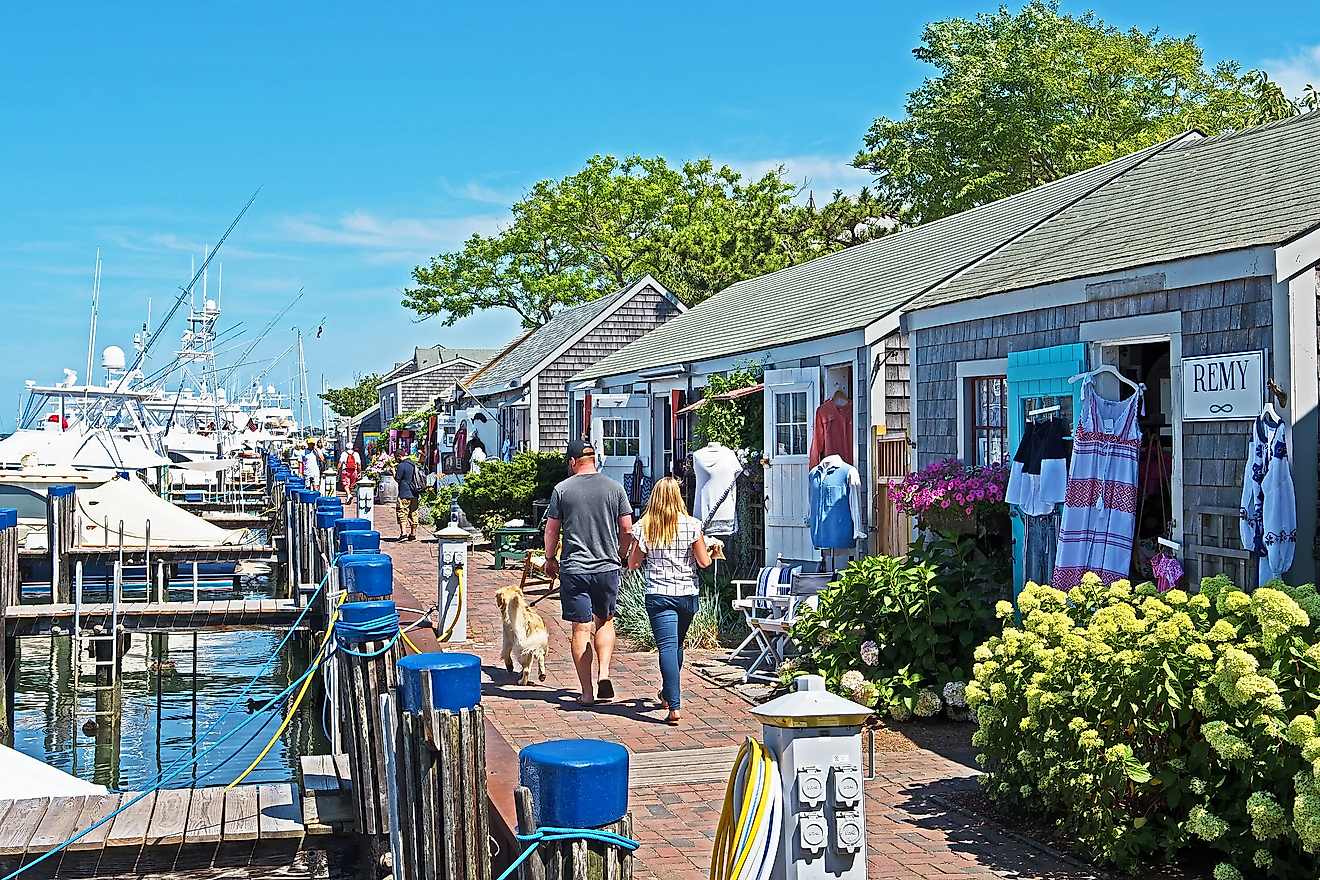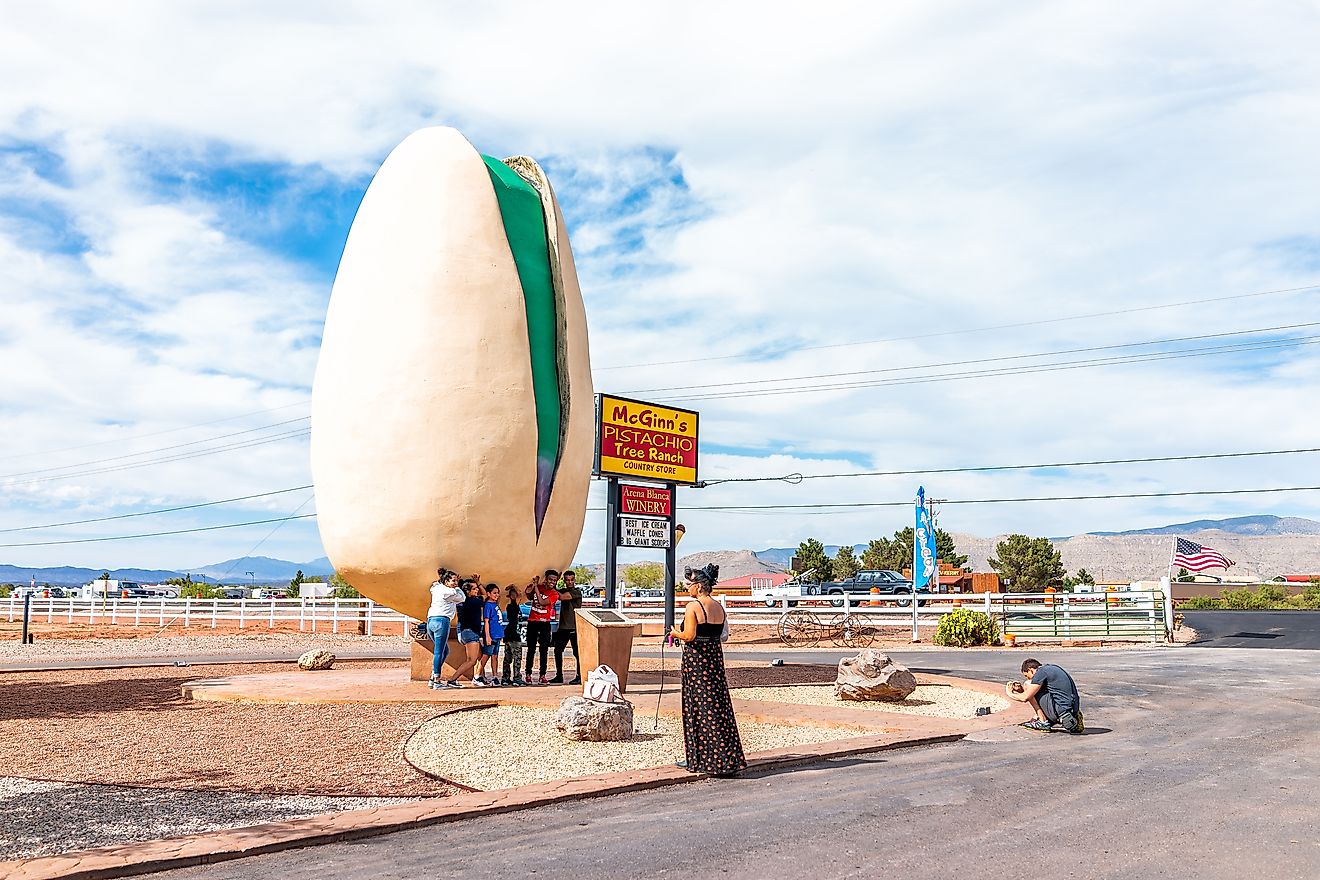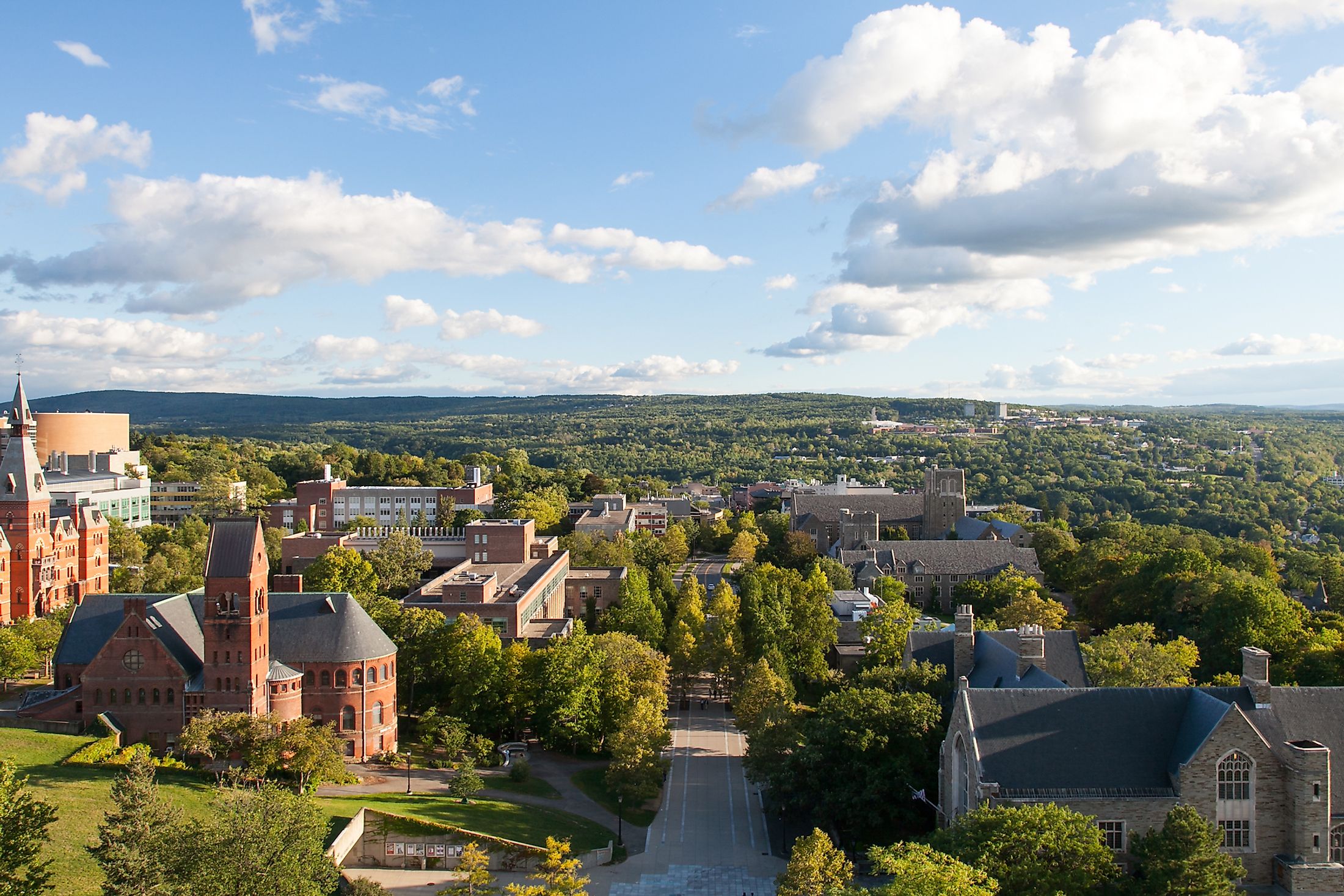
Ithaca, New York
Ithaca is a city located in the US state of New York. Inhabited by Native Americans for centuries, the city's area was first settled by whites in the late 18th century. Ithaca itself was founded in the early 19th century. By the end of the 19th century, it became a full-fledged city, and its population has grown steadily ever since. Today, Ithaca continues to thrive as a small city that is a frequent destination for students studying at one of its post-secondary institutions, as well as tourists taking advantage of the area's natural and artificial attractions.
Geography Of Ithaca
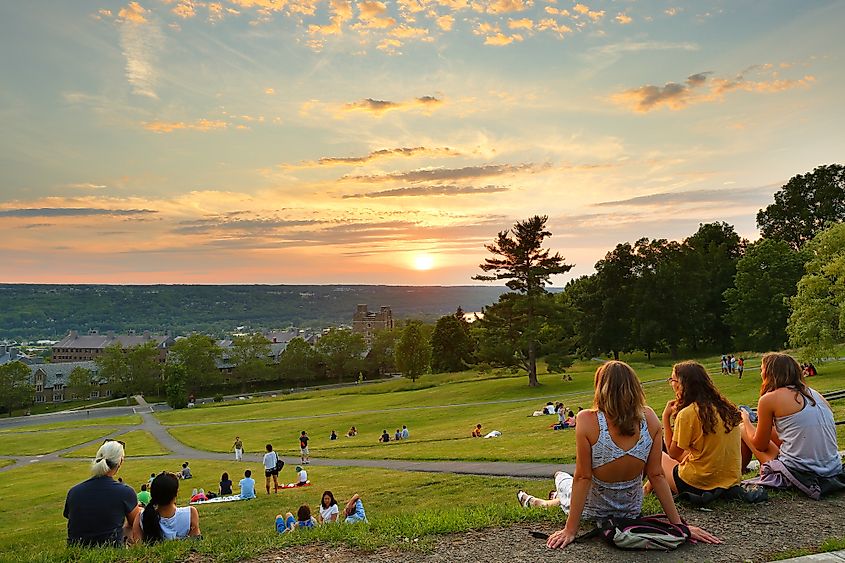
Ithaca is located in the Finger Lakes region of Central New York State. It is situated on the southern shore of Cayuga Lake. Bordering Ithaca to the northwest is the town of Northwest Ithaca. Cayuga Heights borders Ithaca to the north, and Northeast Ithaca borders it to the northeast. To the southeast of Ithaca is the town of East Ithaca, and to the direct south is the town of South Hill. The town of Enfield is located west of Ithaca. Cayuga Inlet, which is connected to Cayuga Lake, flows through the western part of Ithaca. Two creeks named Fall Creek and Cascadilla Creek also flow through the city. Beebe Lake, which is connected to Fall Creek, is located in the northeastern section of Ithaca.
Population Of Ithaca
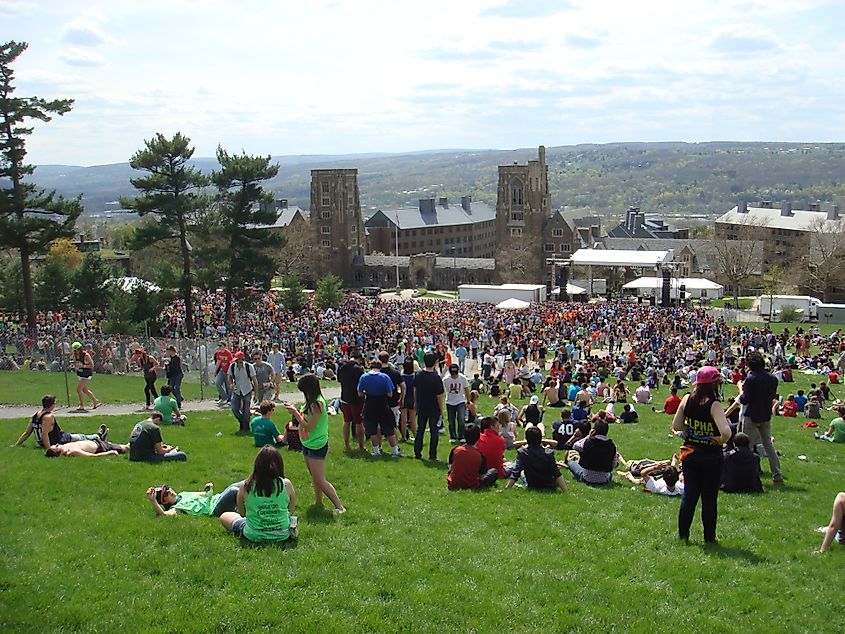
Ithaca has a total population of 31,193. About 68% of the city's residents are white, of which 64.4% are non-Hispanic, and 4.05% are Hispanic. Asians make up 17.25% of Ithaca's population, people of mixed racial heritage 5.75%, African Americans 5.26%, and other Hispanics 1.8%. About 77% of the city's population speaks only English. Asian languages are spoken by 12.4% of the population, and Spanish by 3.1%. Approximately 82% of Ithaca's residents were born in the United States, while around 39% were born in the city. The majority of Ithaca's foreign-born residents hail from Asia.
Economy Of Ithaca
Ithaca's principal economic sectors are education, agriculture, technology, and tourism. The city is the home of Cornell University and Ithaca College. Ithaca has also had a long association with Central New York's farming and dairy industries. About 60 small farms are located in the greater Ithaca/Trumansburg area. Cornell's Dairy Research Facility is a center of research and support for New York's large milk and yogurt industries. The main commercial areas of Ithaca are downtown and the neighborhood known as Collegetown, which is located next to the Cornell campus. In terms of the number of employees, the main industries in Ithaca are educational services, accommodation & food services, and retail trade.
History Of Ithaca
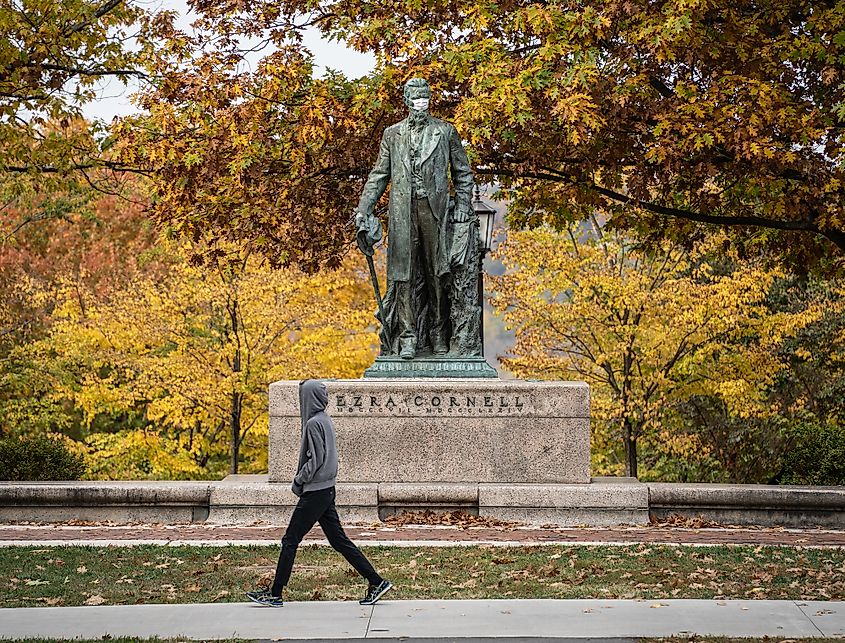
Before Europeans' arrival, the area that is now Ithaca was inhabited by Native Americans of the Cayuga nation, one of the five nations that make up the Haudenosaunee or Iroquois Confederacy. Some of the first Europeans to visit the area were Jesuit missionaries from New France (present-day Quebec) who tried to convert the indigenous people in the area to Christianity in the mid-17th century. In 1779, General John Sullivan and his troops drove the Native Americans out of the area during the American Revolutionary War and burned down their orchards and cornfields.
The first white settlers arrived in the area in 1788, establishing farms in fields that the expelled Native Americans previously used. In 1790, however, when the US Government gave titles to Revolutionary War veterans over the area, these settlers had to move out. Eight years later, Simeon DeWitt, a surveyor-general of New York State, arrived in the area and soon acquired more than 2,000 acres of land at the southern end of Cayuga Lake. At that time, the land that now makes up Ithaca was part of the town of Ulysses. In 1804, DeWitt named this area Ithaca, after the island home of Ulysses, a popular figure from Greek mythology.
However, Ithaca was not incorporated as a village until 1821, when it had a population of about 1,000 residents. The new village grew quickly as mills were opened along the creeks, which produced products such as flour, lumber, and whiskey. Manufacturers like the Ithaca Gun Company and Ithaca Calendar Clock also put down roots in the village. In 1868, Cornell University was founded. By the 1880s, the village was a thriving community of about 12,000 residents. Ithaca was reincorporated as a city in 1888. In 1892, the Ithaca Conservatory of Music was founded. It would later go on to become Ithaca College.
At the turn of the century, the city's population had reached 13,136. Twelve years later, Ithaca's municipal airport was built. In 1941, as the United States entered World War II, Ithaca's population stood at about 20,000 people. After WWII, a new era of development began. This new era included introducing air passenger service between Ithaca and New York City. Jet service came to Ithaca in 1962.
By 1970, the city had a population of 26,226 people. In 1974, the Ithaca Commons pedestrian mall was built in the city's downtown. It remains a popular shopping area in Ithaca to this day. The 1990s saw the construction of several important buildings, including the state-of-the-art Ithaca College Science Building, a new US Post Office, the Science Center, and a new terminal at Tompkins County Airport. In 2004, USA Today ranked Ithaca number one on its list of "Emerging Cities". By 2010, the city's population eclipsed 30,000.
Attractions In And Around Ithaca
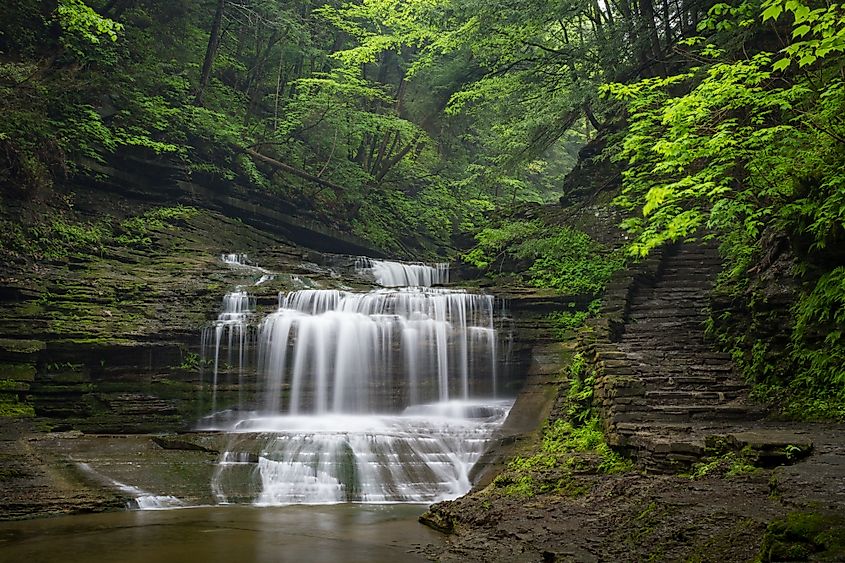
Ithaca is popular with tourists, as it and its vicinity contain notable attractions, both indoors and outdoors. Ithaca's cultural venues include the State Theater of Ithaca, the Schwartz Center for the Performing Arts at Cornell University, the Community School of Music & Art, the Cornell Cinema, and the Cinemapolis Movie Theater. Museums and art galleries include John Hartell Gallery, North Star Art Gallery, Gallery at the Ink Shop and Olive Branch Press, Corners Gallery, the Museum of the Earth, Herbert F. Johnson Museum of Art at Cornell University, and the Mink Gallery in the Garden.
Popular outdoor attractions in the Ithaca area include the Ithaca Waterfalls, which comprise 150 different waterfalls within 10 miles. There is also Cayuga Lake, where visitors can enjoy swimming, fishing, boating, and picnicking. Wine connoisseurs would be wise to visit the Cayuga Lake Wine Trail, the first wine trail in the United States. Visitors to Ithaca can also take in several state parks, including Taghannock State Park, Robert H. Treman State Park, Buttermilk Falls State Park, and Allan H. Treman Marine State Park.
